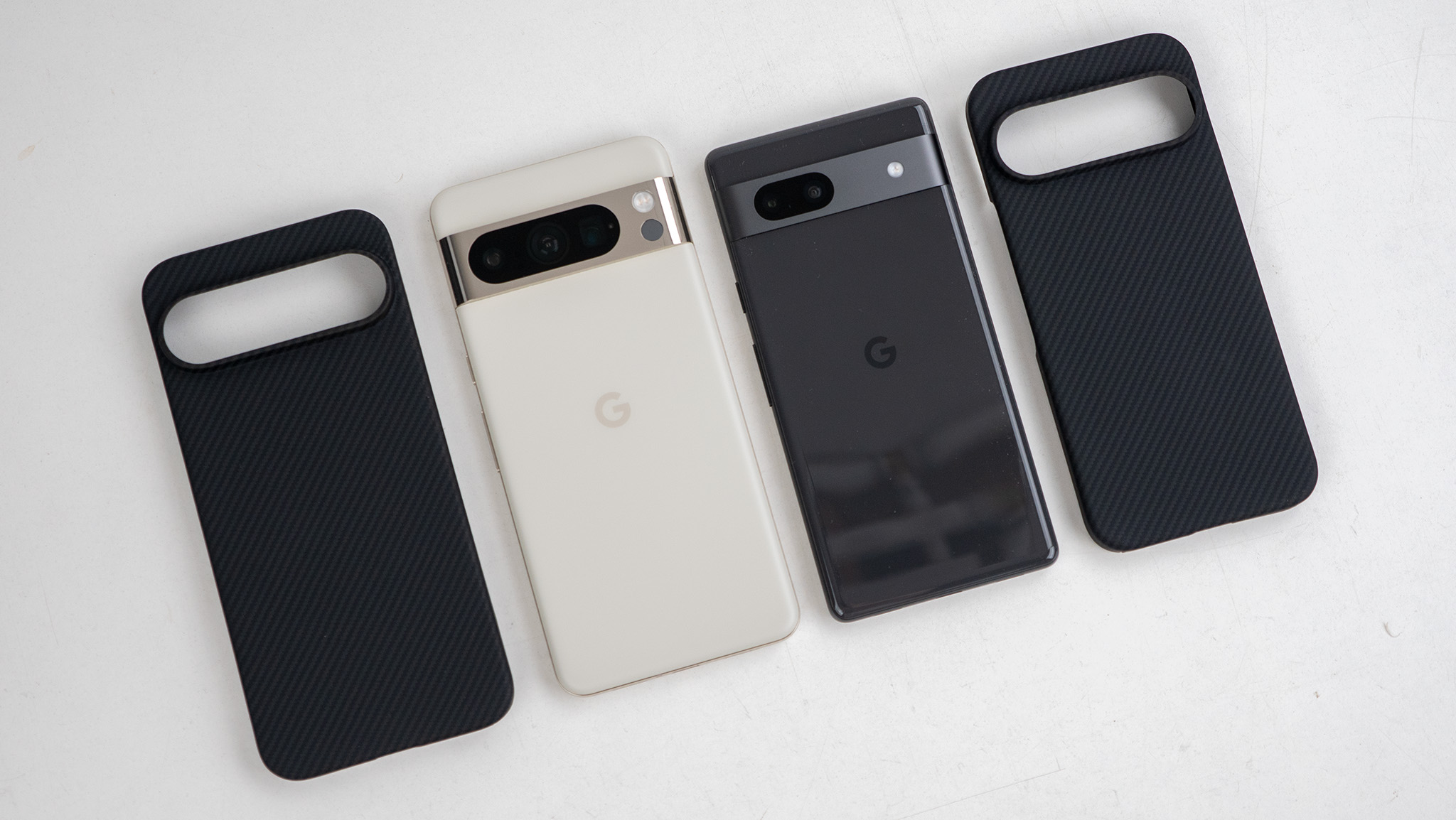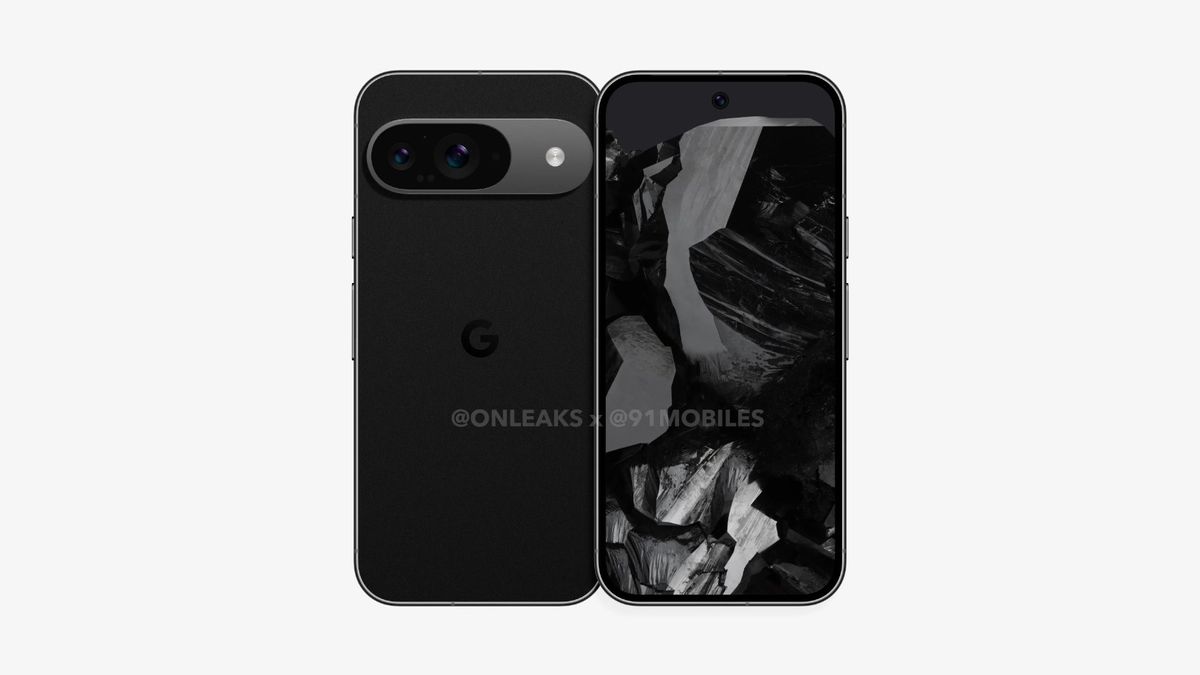The Google Pixel 8a is finally official, and it represents some of the best value in the mid-range segment. The past two years, in particular, have been monumental for the Pixel A-series, significantly improving the specs and design to closely match that of the more expensive mainline Pixel series.
But there’s always room for improvement and differentiation, especially as Google continues to hike the price of the phones in some regions. Few rumors for the Pixel 9a currently exist—and there are no leaks at this time—although it’s also possible that Google may ditch the A-series completely. However, we can still speculate on Google’s 2025 mid-range phone by looking at the past to get a clearer view of the future.
This year, it’s said that Google will be releasing three models of the Pixel 9: the Pixel 9, the Pixel 9 Pro, and the Pixel 9 Pro XL. Additionally, Google is allegedly renaming its second-generation folding phone to the Pixel 9 Fold, meaning it’ll launch four Pixel 9 phones by the end of 2024.
This would be the largest number of Pixel phone models that Google has launched at once, and it makes us wonder if Google is slowly shifting its strategy of releasing a cheaper A-series phone half a year after the mainline Pixel release.
Additionally, Google has been slowly increasing the price of the Pixel A-series over the past few years, making it more closely priced to the cheapest mainline Pixel phone than ever.
If Google is releasing one cheaper Pixel 9 from the get-go and the price of the A-series continues to rise, why would there be a need for an A-series at all?
Google Pixel 9a: Design and displays
A leaked render of the Google Pixel 9 Pro (Image credit: Technizo Concept on YouTube)
Historically, the Pixel A-series uses a similar design to the main series with a few tweaks. In the Pixel 8a’s case, the corners are a slightly wider curve than the Pixel 8 series, making even more of a squircle.
That means a potential Pixel 9a should look very similar to the Pixel 9, which has been leaked several times and looks an awful lot like an iPhone. That includes completely flat side rails, a completely flat back, and a completely flat display. Google flattened the display on the Pixel 8 but the Pixel 9 is supposed to finish up the flattening of the series.
Image 1 of 4
(Image credit: MySmartPrice)
(Image credit: 91Mobiles)
(Image credit: MySmartPrice)
(Image credit: 91Mobiles)
More than likely, if Google releases a Pixel 9a, it’ll look a lot like the Pixel 9 leaked renders pictured above. That should also include a matte back, as Google swapped the shiny plastic back with a higher-quality matte one on the Pixel 8a, making it feel more premium.
YouTube concept artist Technozo Concept has a video of leaked Pixel 9 CAD designs that showcase the phone’s potential design in stunning detail along with a choice of potential new colors. While this video is of the Pixel 9, it gives us an idea of what we could expect from a potential Pixel 9a.
Google Pixel 9a: Cameras
(Image credit: Google)
The Pixel A-series began with the Pixel 3a and Google used the same camera modules from that phone through the Pixel 6a. The Pixel 7a featured the first camera sensor upgrade in the series’ history, and the Pixel 8a uses the same camera modules as that phone.
That being said, there’s little reason to expect Google to upgrade the cameras on a potential Pixel 9a because it needs to cut costs somewhere to keep the phone’s price reasonable. Given that the Pixel A-series already has the best cameras of any budget-minded phone, there’s little incentive for Google to change things up.
If a rumor or leak appears showing the opposite, we’ll absolutely be updating this section.
Google Pixel 9a: Specs and performance
(Image credit: Nicholas Sutrich / Android Central)
The Google Pixel 9a should use the same Google Tensor G4 processor as the Pixel 9 is rumored to use. While this is an assumption, of course, it would logically follow that Google would use the same processor in all phones with the Pixel 9 moniker as it has historically shared the same processor across the Pixel line in any given generation since the Pixel 6a.
That means the Pixel 9a would use the same processor as the inevitably more expensive Pixel 9 Fold and Pixel 9 Pro XL, despite the huge gap in price that’s likely to occur.
Tensor G4 is rumored to be only a minor upgrade over the Tensor G3 that’s in the Pixel 8a. Google is not expected to deliver a massive upgrade to its Tensor line until Tensor G5, currently slated for the 2025 release of the Pixel 10 series.
The Pixel 9a would likely chip with the Tensor G4 processor, rumored to be only a minor upgrade over the Tensor G3 inside the Pixel 8a.
While Tensor G4 may not deliver big performance upgrades over Tensor G3 if rumors are to be believed, it’s possible that Google could use the newer Samsung SF4P manufacturing process as a way to make the chipset more efficient.
Samsung has been the manufacturer of Google Tensor processors since the beginning and used this new manufacturing process in the Exynos 2400 to increase efficiency and battery life, plus help keep its processors cool enough to match the Snapdragon 8 Gen 3 in many areas.
There’s no expectation that Tensor G4 will be quite this powerful but any improvement is always welcome.
There are no other rumors or leaks about Pixel 9a specs at this time. It’s highly unlikely that we’ll see many major upgrades for Pixel 9a components since Google just upgraded most of the requested items — like the display refresh rate — in the Pixel 8a.
Google Pixel 9a: Wishlist
(Image credit: Nicholas Sutrich / Android Central)
As with any new phone, there are a few things we’d love to see Google improve on the Pixel 9a over existing phones like the Pixel 8a.
A lower-priced option
The Pixel 6a, 7a, and 8a are all great phones that offer a lot of value, but a $450-500 phone is still financially out of reach for a lot of people. In fact, the Galaxy A-series makes up the bulk of the sales for Samsung. Google’s Pixel market share continues to grow, and there’s little doubt the Pixel A-series has a big part in this.
How much more could it grow, then, if Google offered a truly budget-priced model? We’re talking something under $300 that could still offer the Pixel experience, even if it had to cut back on some of the more premium features of the Pixel series — like the latest Google Tensor processors or upgraded camera modules.
Further improved Tensor
We don’t have too much hope for this one given that the Tensor G4 is rumored to only be a minor upgrade over the Tensor G3, but we certainly can wish! But even if Google can’t do much to supercharge the current Tensor architecture without causing problems, having a chip like the Tensor G4 inside a mid-range phone like the Google Pixel 9a is already incredible as it is.
A real dark mode
Dark mode is a lie on more phones than I’d like. Unfortunately for Pixel owners, the Pixel is one of the worst offenders of this sin. I’d love to see Google give users a proper “lights out” dark mode where the background is completely black instead of this dark grey nonsense Google has been using for years.
It’ll both be better for battery life and help with the next request!
Flicker-reduction option
As the nits delivered by displays continue to grow higher and higher each year, more companies are using OLED displays that don’t dim in a traditional way. Instead, they use Pulse Width Modulation (or PWM), and people like me are, unfortunately, very sensitive to this kind of display flickering.
While we have some tips and tricks for PWM-sensitive folks, the best solution is for manufacturers to offer a flicker-reduction option. Companies like Motorola and OnePlus offer anti-flicker solutions on their phones, and we know Google can do it if they really wanted to.
Faster charging
Google has largely been using the same 18W charging speed for its phones since the inception of the Pixel line. While it upgraded the Pixel 7 and Pixel 8 to 30W, the Pixel 8a still only supports 18W charging.
Phones like the OnePlus 12R, which costs the same $499 as the Pixel 8a, offer 100W wired charging at the expense of removing wireless charging. Considering how truly slow (and probably useless) 7.5W wireless charging is, I’d be happy to see wireless charging go away if it meant we could get faster wired charging.


